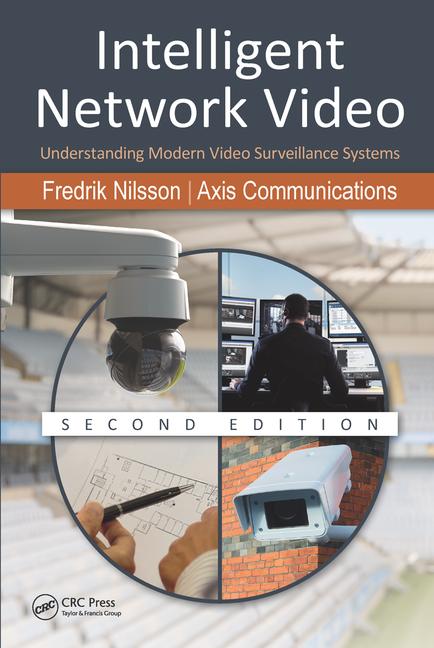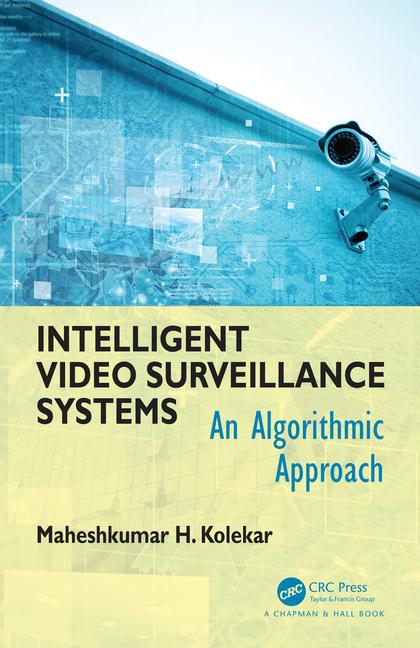Using Intelligent Video to Solve Investigations

Today’s security investigators and loss prevention professionals routinely face the mammoth challenge of finding a small snippet of valuable footage among hours of recorded video. The availability of low-cost cameras and increased storage has boosted security coverage, but also has created a mountain of video footage. How can forensic search parse through all that video and quickly find what’s relevant?
Applying video (and audio) analytics to improve forensic search are a key part of reducing the time needed to find an event. If analytics are applied while the video is recorded, metadata is stored alongside the video, making it easy to search for attributes like object size, color, speed and direction. And if a Point of Sale (POS), access control, teller line or other external data source is integrated into your video management system, it’s possible to search the video via transactions and account numbers.
How Forensic Search Improves Loss Prevention
Faced with growing theft and organized retail crime (ORC), loss prevention professionals spend much of their time combing through video to build cases for law enforcement. With large retailers using a minimum of 16 cameras per store, that’s at least 384 hours of video created each day. Using analytics and POS integration to aid forensic search efforts solves a major problem for LP professionals: lack of time.
- Build Cases– Once a suspect has been identified in the surveillance video, facial surveillance can make life easier for an investigator. This powerful analytic can quickly compile an index of the suspect’s face, not only from the block of time when the suspect was caught stealing in the store, but from a week or more of video. Perhaps this suspect visited the store several times before the event? Forensic search using facial surveillance can be a huge time saver for an LP professional.
- Internal Theft– When a store employee working at a POS system runs a transaction without a paying customer at the register, the event can be used in forensic search criteria. Applying an analytic such as “Customer Not Present” to forensic search criteria can save hours of valuable time by letting a LP professional quickly find any transaction that took place without a customer.
How Forensic Search Improves Bank Fraud Investigations
When a fraudster strikes, it can often take days to realize a crime was committed, which means investigators need to quickly build a case before he can strike again. That’s where forensic search can play a key role. Imagine the following identity theft and fraud scenario:
A customer calls his bank to complain that $4,000 is missing from his account. The bank has dozens of cameras with 30 days of video stored, and the customer’s account was accessed over 15 times in that period – a daunting amount of video to vet. But when ATM and teller systems are integrated into a video management system, along with facial surveillance analytics, finding the person who made the transactions becomes much easier.
Using forensic search, the investigator enters the account number of the customer into the VMS to create a video index of each transaction, demonstrating that two different people are in fact using the same account number. Facial surveillance can then track whether the suspect has conducted other transactions in the bank. If the bank has multiple branches, an enterprise server also allows the investigator to search security video of all the branches from one central location, further reducing investigation time.
Video analytics were initially designed to alert a security officer to a live event, such as an object being removed. But the volume of false positives caused many to simply ignore the alerts or turn off the analytics altogether. However, integrators and end users should bear in mind that false positives are less of an issue when analytics are used for forensic search of recorded video. The analytics filter vast amounts of data into an index, akin to how an Internet search engine functions. When you use a search engine, you can receive positive results and negative results depending on your search query; if you have too many negative results, you simply adjust your query to produce better results. This saves investigators vast amounts of time, resulting in more arrests, less shrinkage and less fraud.
Looking for a reprint of this article?
From high-res PDFs to custom plaques, order your copy today!








